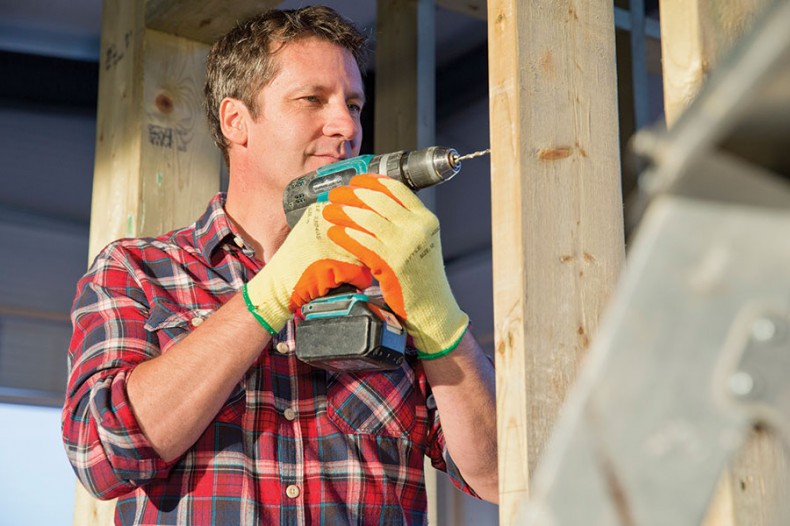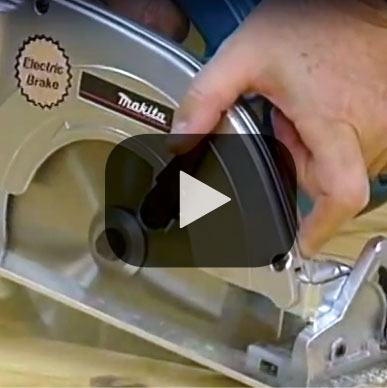Seven hacks for using battery-powered tools
Safe and proper use key to preventing battery-related accidents
By FamilyFeatures.comFor many homeowners, seasonal chores and home improvement projects can add up to a lot of work. Power tools can help you whittle that list down, but the batteries used to power these devices need to be handled properly to prevent potential dangers.
Lithium-ion batteries have become quite common due to their efficiency, energy storage capacity, durability and safety. These batteries’ higher energy potential in a smaller battery makes them ideal for cordless power tools, but that density also means higher potential for damage when misused. Safe, proper use of lithium-ion batteries from the original tool manufacturer is key to preventing battery-related accidents.
Before operating a battery-powered tool, heed this advice from the experts at the Power Tool Institute, a resource for safety issues and standards for the industry.
- Only use batteries and chargers from the original power tool manufacturer. Original manufacturer batteries are specifically engineered and tested for use with the tools and chargers from the original manufacturer.
- Avoid contact with metal objects, such as keys, coins, screws and nails, and liquids, which present safety hazards. Inspect batteries regularly for signs of damage, such as crushing, cuts or punctures. Do not use a battery that has received a sharp blow, been dropped or is damaged.
- Never modify, disassemble or tamper with a battery. The performance of damaged or modified batteries can be unpredictable and dangerous.
- Be mindful of abnormal battery behaviors such as failure to fully charge or hold a charge, longer-than-usual charging times, overheating, a noticeable drop in performance, unusual LED activity when placed on a charger, liquid leakage from the battery or melted plastic anywhere on the pack. These are indications of an internal problem.
- Always transport and store lithium-ion batteries as instructed in the owner’s manual.
- Do not immerse the battery or allow any fluids to flow inside. Conductive liquid ingress, such as water, can cause damage resulting in fire or explosion. Store your battery in a cool, dry place, away from combustible and flammable items.
- When disposing of a lithium-ion battery, never throw it into the trash or a municipal recycling bin, as it can become a fire hazard. Instead, take it to a local recycling center or place it in a receptacle specifically designed for recycling batteries. If your lithium-ion battery is damaged, contact the manufacturer.
Safety resources
For more information on safe operation of power tools, including educational videos on using table and circular saws, visit powertoolinstitute.com.
-
More Carolina Living articles
-
Share this story:







